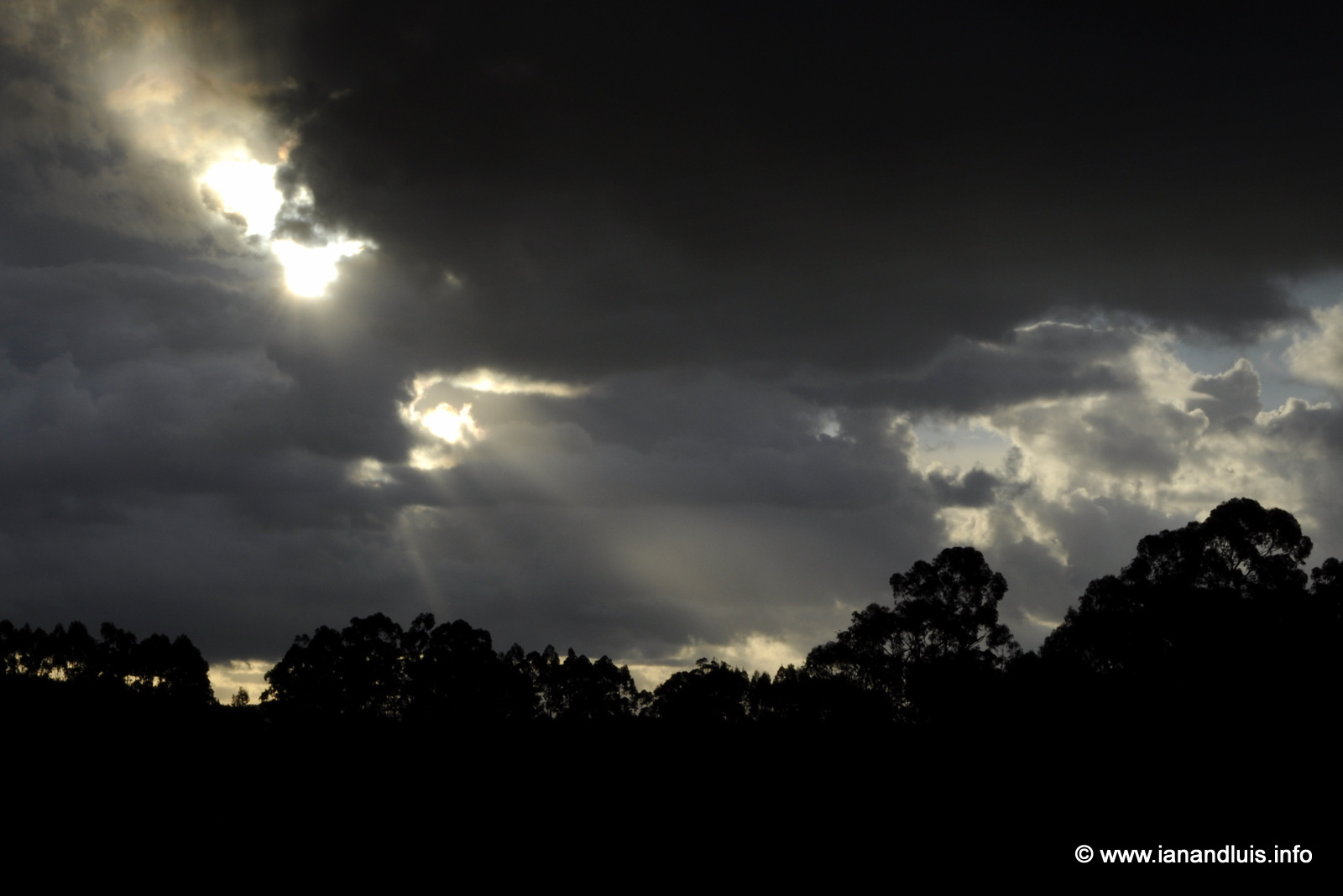We love pickles, chutneys and spicy salsas, and most years we will make several types depending on what fruit we have available. This year we had a very poor gooseberry harvest so one of our favourite pickles was out of the question however, we did have a healthy pear harvest.
As with most recipes we adapt them to suit our own tastes and usually reduce sugar and maybe add some extra spices or heat. This particular recipe comes from a set of cards issued by a vinegar company many years ago: Sarson's. We have used this recipe before and found that the vinegar content is way too much, especially given the juices given up by ripe tomatoes and pears so we reduced it and it worked. We used our own onions, pears, garlic and tomatoes for this recipe.
3 kg pears, peeled and chopped
1.5 kg onions finely chopped
900 g or ripe tomatoes skinned and chopped
4 red peppers finely diced
900 g of dark cane sugar
2 tablespoons salt
8 cloves of garlic, crushed
1.1 Litres of malted vinegar (or similar)
Put all the ingredients into a large pan, mix well, bring to the boil and then simmer for about 1 hour until the fruit breaks down and the chutney thickens. Put into sterilised jars and seal.
This particular chutney isn't too acidic as the sweetness of the pears helps to neutralise it. We normally store chutneys and pickles for at least three months before consuming but I'm not sure we'll be able to wait that long as supplies are running low.
Too late... Char-grilled aubergine, sweet potato and onion layered with goats cheese and herbs. Served with salad and fresh walnut bread and, a large spoon of pear chutney - delicious.
This was a new goats cheese we bought at a local fair and we have to say it is one of the best cheeses ever. Here is the Queso de Cabra - Hircus link, we now need to find a local supplier.
What is your favourite pickle, provide us with a link if you can. We're always up for trying something new. Thanks.
As with most recipes we adapt them to suit our own tastes and usually reduce sugar and maybe add some extra spices or heat. This particular recipe comes from a set of cards issued by a vinegar company many years ago: Sarson's. We have used this recipe before and found that the vinegar content is way too much, especially given the juices given up by ripe tomatoes and pears so we reduced it and it worked. We used our own onions, pears, garlic and tomatoes for this recipe.
Pear Chutney
3 kg pears, peeled and chopped
1.5 kg onions finely chopped
900 g or ripe tomatoes skinned and chopped
4 red peppers finely diced
900 g of dark cane sugar
2 tablespoons salt
8 cloves of garlic, crushed
1.1 Litres of malted vinegar (or similar)
Put all the ingredients into a large pan, mix well, bring to the boil and then simmer for about 1 hour until the fruit breaks down and the chutney thickens. Put into sterilised jars and seal.
This particular chutney isn't too acidic as the sweetness of the pears helps to neutralise it. We normally store chutneys and pickles for at least three months before consuming but I'm not sure we'll be able to wait that long as supplies are running low.
Too late... Char-grilled aubergine, sweet potato and onion layered with goats cheese and herbs. Served with salad and fresh walnut bread and, a large spoon of pear chutney - delicious.
This was a new goats cheese we bought at a local fair and we have to say it is one of the best cheeses ever. Here is the Queso de Cabra - Hircus link, we now need to find a local supplier.
What is your favourite pickle, provide us with a link if you can. We're always up for trying something new. Thanks.






















































